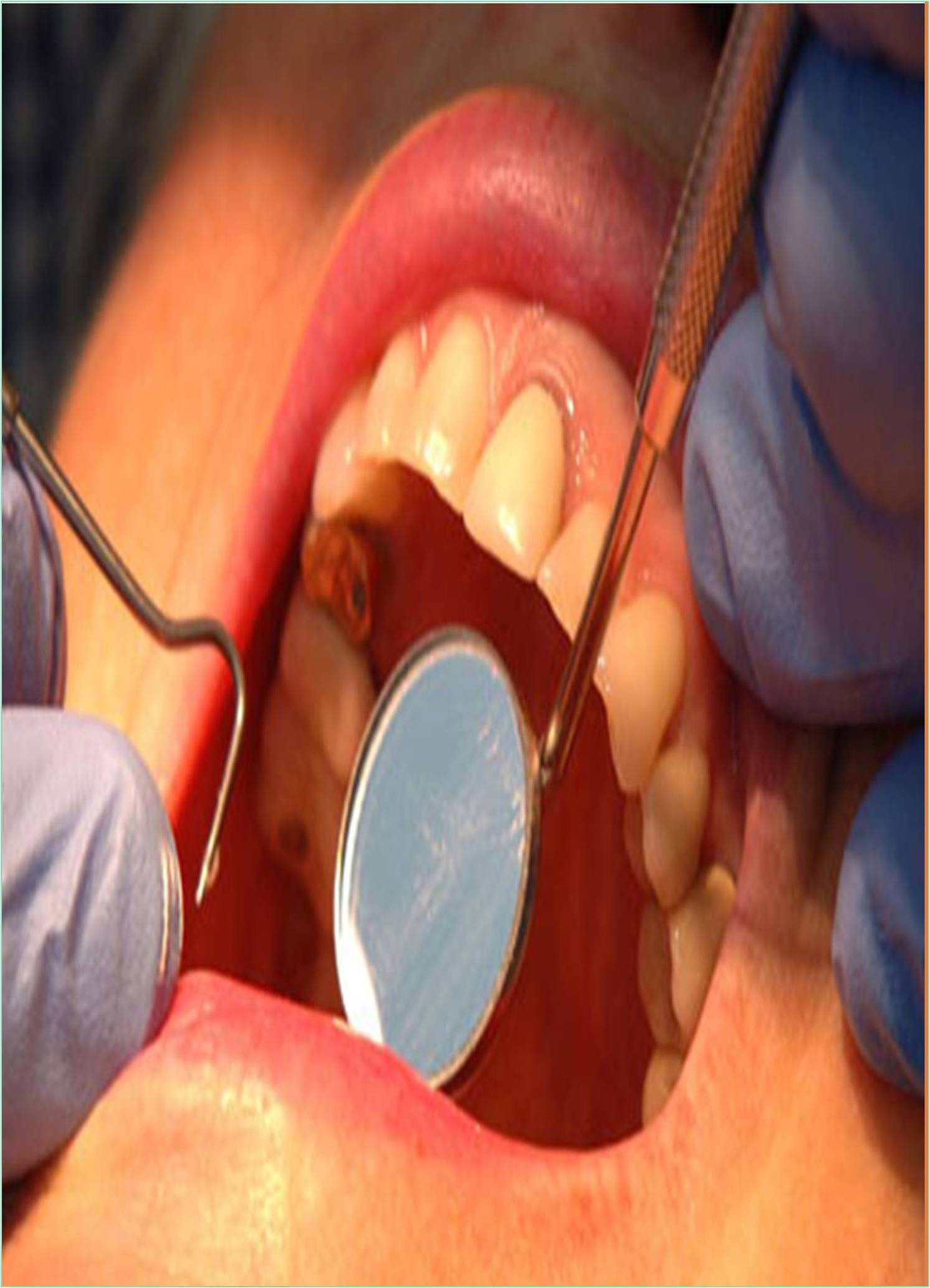



Received: 30-Nov-2022, Manuscript No. GJDOH-22-82939; Editor assigned: 02-Dec-2022, Pre QC No. GJDOH-22-82939 (PQ); Reviewed: 16-Dec-2022, QC No. GJDOH-22-82939; Revised: 23-Dec-2022, Manuscript No. GJDOH-22-82939 (R); Published: 30-Dec-2022, DOI: 10.15651/2449-1918.22.9.014
Even with advancements in dentistry, tooth loss in old age remains a problem, especially for those who dwell in longterm care facilities. Recent trends, however, suggest that people lose their natural teeth later in life. In order to provide oral health care to this vulnerable group, functional decline and age-related diseases must be taken into account. It's crucial to preserve and improve dental health care in elder people. The effect of tooth loss on masticatory function are severe, and prosthodontic treatments cannot fully restore them. (Stock, et al., 2016). As a result, an inadvertent change in diet takes place, which commonly leads to malnutrition and a withdrawal from regular meals. Poor oral hygiene and an unpleasant odour may make it more difficult to connect socially. Even while chewing may be good for cognitive function, elderly people with weaker immune systems are more at risk for aspirating biofilm, which can cause pneumonia and even death. Natural teeth are associated with a better life expectancy; however socioeconomic confounding variables must be taken into account. Standards and priorities for reporting oral health outcome indicators must be set for assessing oral health in the senior population. One possibility for reporting is to use anatomical markers like the quantity of healthy teeth or the presence of prosthetics. However, functional indicators such as masticatory performance and patient-centred outcome assessments may be more meaningful (Österberg, et al., 1995).
Globally, the elderly population is growing, and they experience degenerative changes that get worse as they get older. Older persons are more susceptible to oral disorders as a result of systemic diseases and the associated treatments. Because individuals are living longer, chronic non-communicable illnesses are becoming more prevalent. These chronic disorders along with the degenerative changes render older persons more prone to oral diseases. When compared to other conditions like rheumatoid arthritis, systemic disorders like diabetes raise the incidence and development of periodontitis by 86%. Multiple prescription drug use for noncommunicable disorders has negative consequences on oral health, with xerostomia being the most prevalent issue (Slade, et al., 2014). Additionally, oral infections, periodontal disease, and dental caries are all linked to xerostomia. The increased risk of periodontal disease and caries may ultimately result in tooth loss. However, certain oral conditions have connections to other illnesses that affect the entire body. It is well recognized that diabetes and periodontal disease are related in both directions. The similar connection exists between periodontal illnesses and rheumatoid arthritis. Moreover, risk factors such a poor diet, cigarette use, and alcohol use are common to both oral disorders and many chronic systemic diseases. While improper eating habits can result in dental caries, type 2 diabetes, coronary heart disease, stroke, and periodontitis, smoking is a risk factor for these conditions as well as for lung cancer, tooth loss, and periodontitis. Adults who have oral illnesses may experience negative effects on their general health and quality of life.
Particularly, permanent and detachable implant restorations can be difficult for dependent elderly to handle and maintain, which can be a problem for both patients and caregivers. The development of an oral biofilm on the tongue, dental prosthetics, or natural tooth surfaces poses a unique hazard. Bacteria from the mouth are regularly transported into the bronchoalveolar system in the event of dysphagia, a condition typically seen in older people (Petersen, 2003). This may result in aspiration pneumonia, which is fatal. According to a randomized-clinical study, residents in nursing homes who maintain strict oral hygiene had a statistically significantly decreased relative chance of developing aspiration pneumonia. Frailty and Oral Health-related Quality of Life (OHrQoL) associations have been researched, although mostly through quantitative surveys using standardized OHrQoL tools like the Oral Health Impact Profile (OHIP) or the Geriatric/General Oral Health Assessment Index (GOHAI). These tools fail to evaluate the beneficial effects that normal teeth can have on quality of life since they usually exclusively concentrate on the negative effects of oral disease.
Another flaw is that, despite negative consequences on oral health, the instruments are unable to differentiate between positive and neutral thoughts regarding oral health. Those who are missing a front tooth, for instance, don't always avoid social situations. Individuals who experienced severe adversity during their early years, especially those from the war era, may be more adaptive to change than younger people, which may have a generation influence on this. Alterations to one's expectations of health in old age, enhanced coping and adaption techniques, and coping processes are some other potential explanations. These optimistic attitudes may help to explain the discrepancy between self-rated oral health status and OHrQoL markers. According to several studies, it is preferable to maintain healthy teeth into old age from a structural, functional, and psychological standpoint. from a structural, functional, and psycho-social standpoint. Therefore, treating and preventing oral infections, promoting oral health-related quality of life, ensuring oral comfort, providing the tools to restore oral function when necessary, and ensuring an acceptable dental look should all be the objectives of oral healthcare for the elderly (Landefeld, et al., 2009).